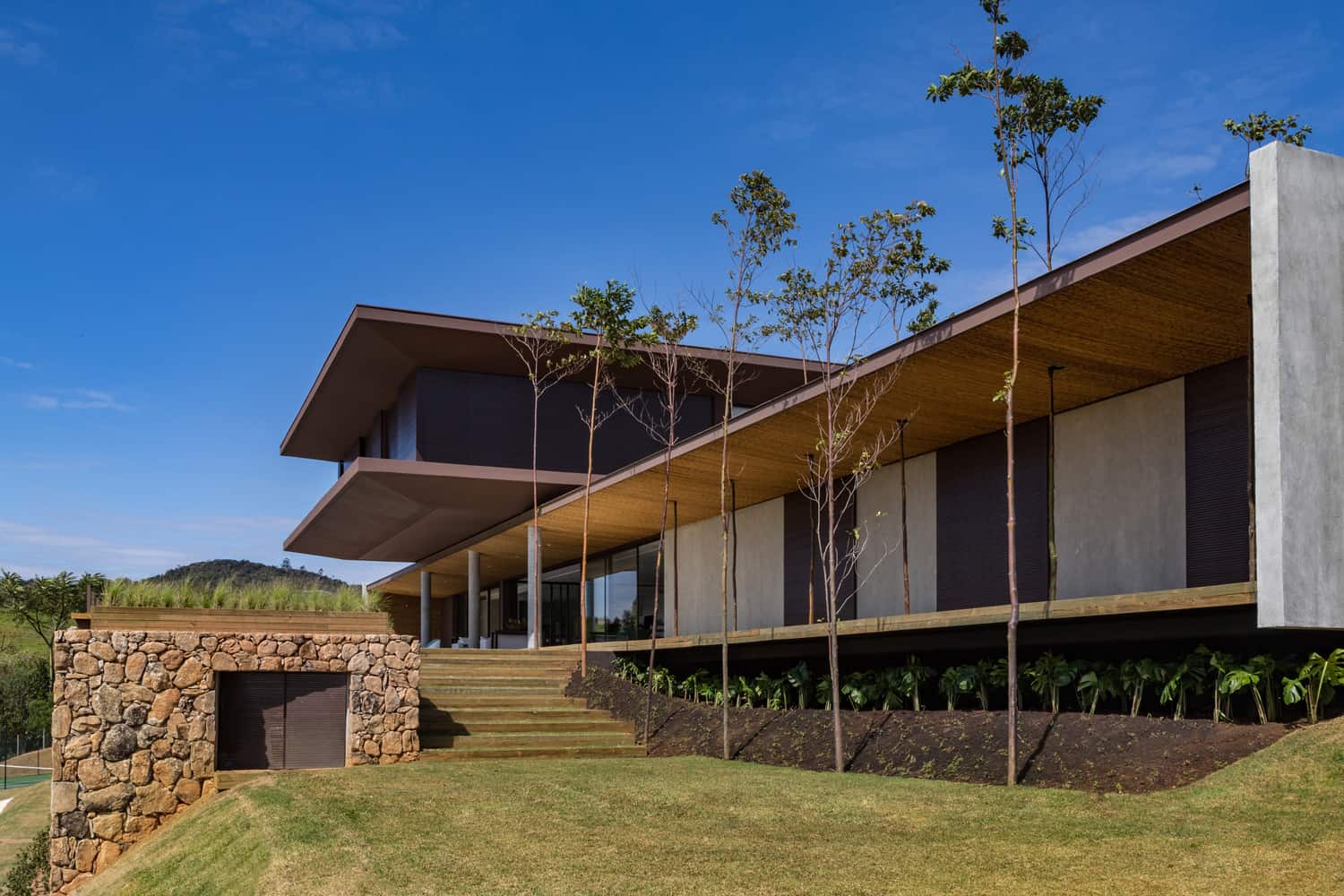From afar, it may appear like just another cylindrical tower, something like Nairobi’s Hilton Hotel in Kenya or Manfred Hermer’s Ponte City Apartments in Johannesburg, South Africa. However, Toyo Ito’s Tower of Winds in Yokohama, Japan, is more than just a cylindrical form. It is a first in its league of technology, bringing together nature and architecture right into the city!
The project sits as a technological sculpture, welcoming travelers arriving at the Yokohama railway station. Oddly enough, the tower only houses water tanks serving as air conditioning machinery for an underground mall that sits atop.
This project would have just been another warehouse with a blank facade and no character, but Toyo Ito created an icon out of it. Even if it is just a storage house, it still stands as a sovereign piece of architecture that people will see and experience.
The Tower combines innovation and imagination, particularly because Toyo Ito believes in the importance of technology and its vital role in the future of architecture. It not only forms a dialogue with the city but also establishes a direct symbolic relationship between nature and the incorporation of technology.
By day, the tower, whose facade is clad in perforated aluminum panels, reflects the city through the reflective surfaces covering the steel core. It is a rather complex material to accept due to the generated glare and heat, especially during the summer.
Green architecture nazis would, at the first instance, shun its approach that pays no regard to sun direction or even the possibility of sun-shading elements. To counter that, human thermal comfort is not a pertinent issue here, considering that the tower’s residents are just water tanks.
At night, the Tower of Winds shows its true colors, literally. It comes alive, translating sound and wind into light through an automated system that senses the varying wind and noise levels and powers 1300 lamps, 12 neon rings, and 30 flood lights at its base.
Its electricity bill must be quite substantial, but then again, this is its primary spectacle. The tower constantly transforms; its small lamps change colors according to the surrounding sounds, and its neon rings ripple according to the city’s winds. As a result, there is no pattern since the light display directly represents the environment, portrayed on a 21-meter-high cylindrical surface.
It earned him the 1987 Edwin Guth Memorial Award of Excellence from America’s Illumination Engineering Society, a prestigious acknowledgment of the substantial symbolic value of this work in its urban context.
He was awarded the project upon winning a competition. His success is attributed to his ability to convert a purely technical structure into an iconic landmark for the city. Who else?
Project Information
Architects: Toyo Ito
Location: Yokohama, Japan
Area: 43.45 Square Meters
Project Year: 1986
Photographs: Tomio Ohashi, Toyo Ito and Associates, Colbwt-archi, Wakiiii, David Andreen El Croquis













